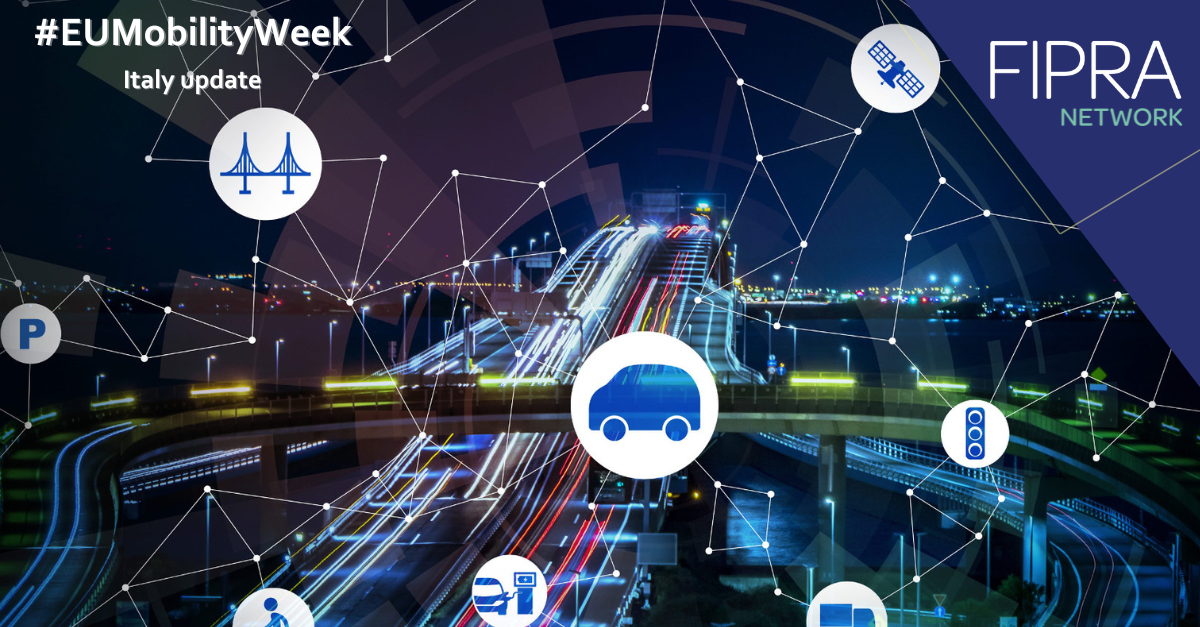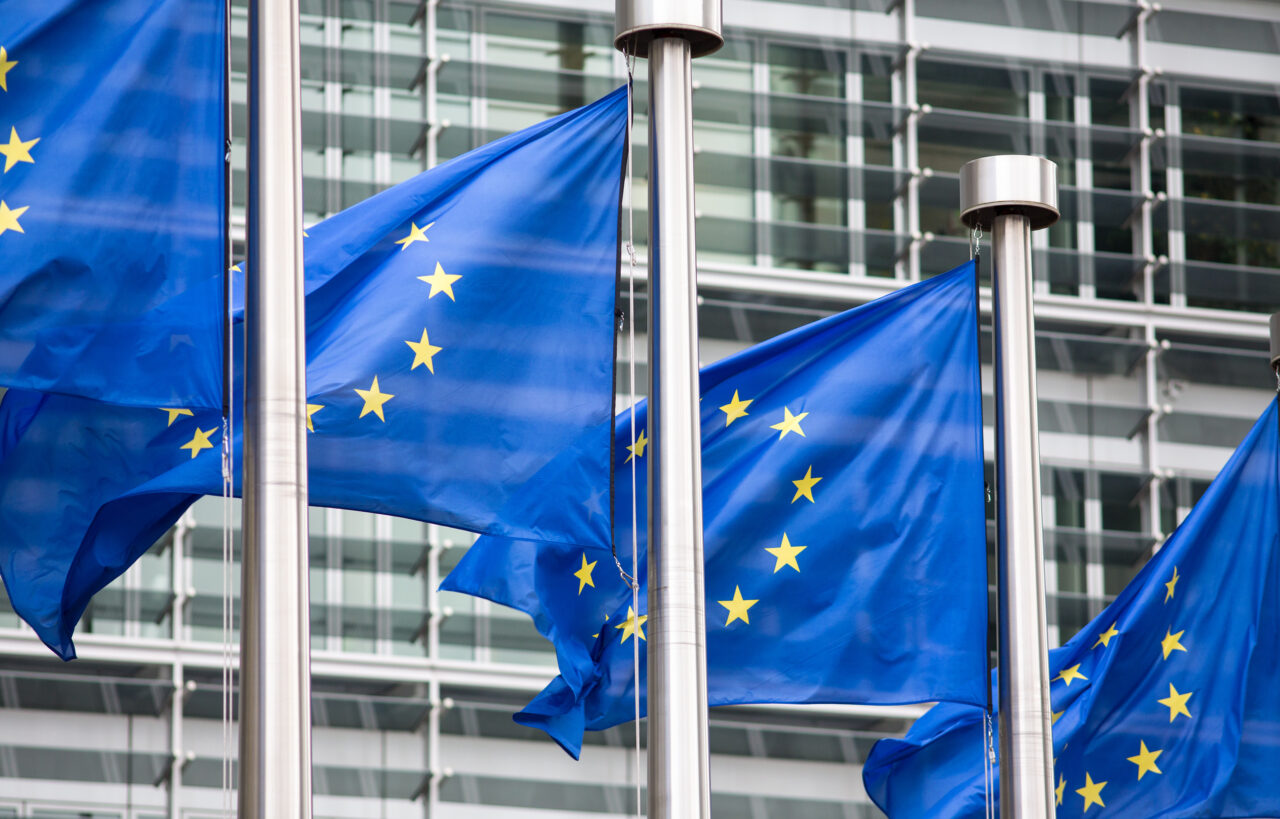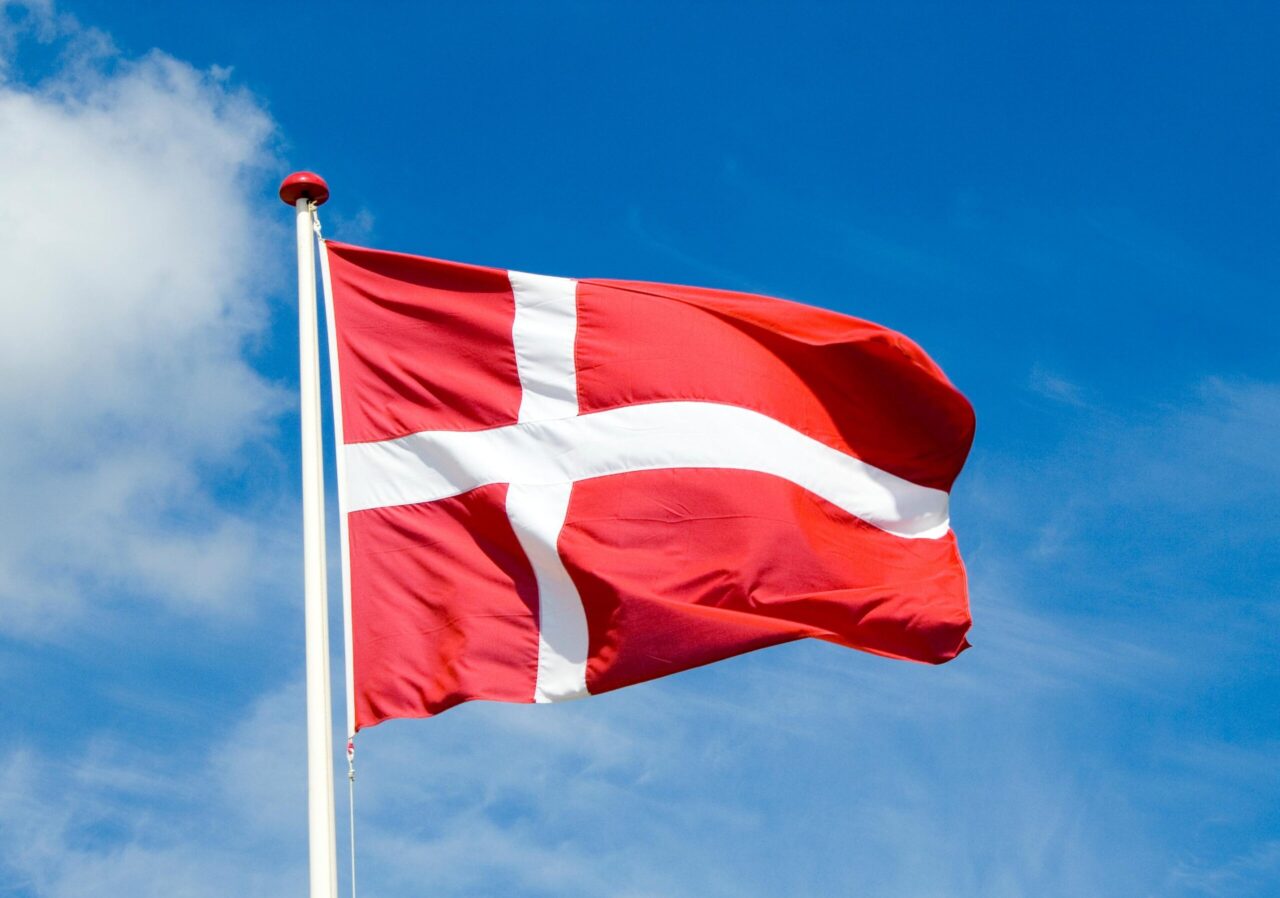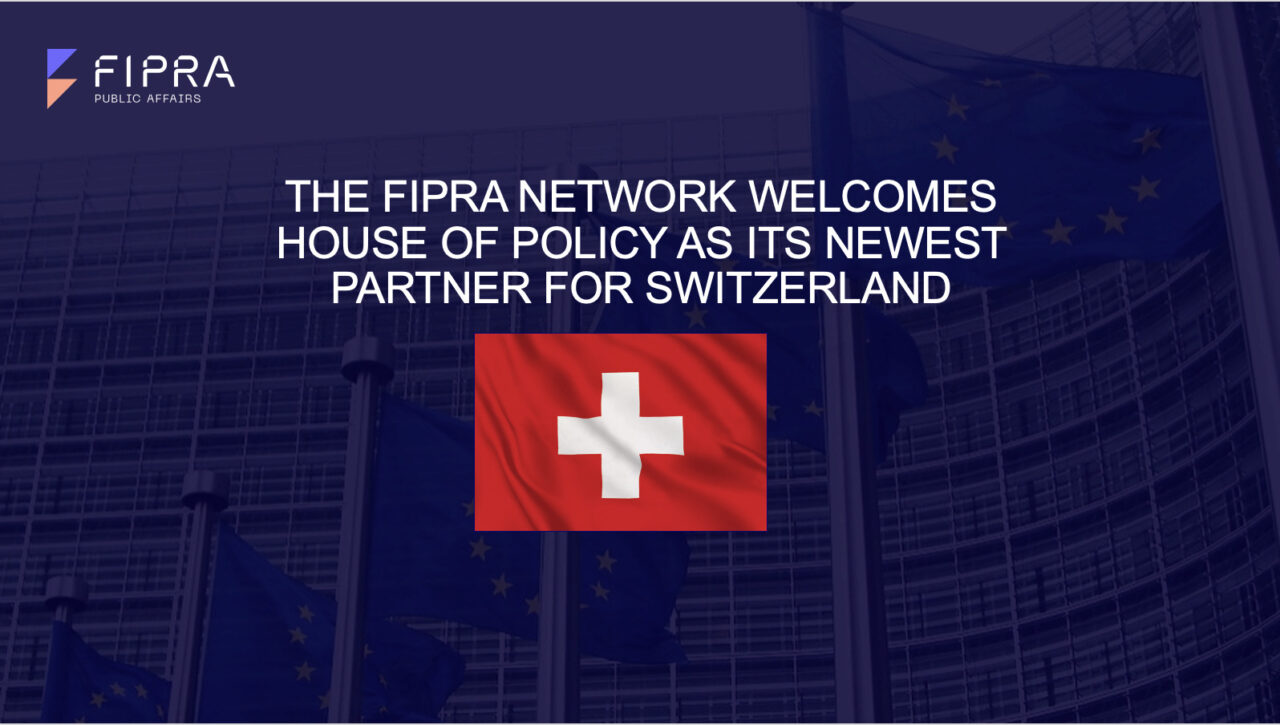policy impact with FIPRA
#EuropeMobilityWeek series – Italy update

Sustainable mobility does not get high political attention during the upcoming elections in Italy
In absolute figures, Italy’s Recovery and Resilience Plan is the largest national plan under the unprecedented EU response to the crisis triggered by the coronavirus pandemic. Relevant measures, and huge investments, relate to sustainable mobility which is present in three out of the six ‘missions’ around which the plan is structured. Therefore, it would have been logical to expect this issue to feature prominently in the electoral programmes for the upcoming general election. And yet this is not the case: there is the substantial neglect of mobility and connectivity issues on the political agenda. Some mention can be found on infrastructure investments (€62 billion of funds in the NRRP), but on policies for the organisation of transport, the silence in the parties’ programmes is deafening. The watchwords that are presented shy away from the controversial choices that need to be made, to take refuge in the consolatory and simple ones. Still, there remain many issues that must be addressed by the government that will emerge from the 25 September elections.
The last days of the Draghi government have been accompanied, on the Palazzo Chigi square, by threatening demonstrations by taxi drivers who wish to preserve the protectionism of a sector that over the decades has shown, towards any suggestion of liberalisation, a tenacity that is ‘admirable’ to say the least, or, if we look at in public passenger transport, we are now faced with embarrassing situations.
“In absolute figures, Italy’s Recovery and Resilience Plan is the largest national plan under the unprecedented EU response to the crisis triggered by the coronavirus pandemic ”
Marco Sonsini
Due to the pandemic, there was a 58% drop in travel by public transport between 2019 and 2020. Passengers transported fell by almost 47%, a trend that has continued to the present day. The drop in passengers has resulted in lower revenue, quantifiable, for example, at no less than €1 billion for 2022. In the first four months of 2022, the exponential increase in energy prices resulted in public Transport companies spending approximately €220 million more than in the same period of 2020 and 2021 for the purchase of fuel and electricity. Unlike the other public utility sectors, the public transport sector does not have the possibility of passing on cost increases to the user, so to say that their budgets are under strain would be an understatement. How can one talk about MaaS- funded with €40 million in the NRRP- or shared mobility, sustainable mobility if a country is unable to provide a decent public transport service?
The political forces are therefore keeping their distance from mobility, perhaps because they want to perpetuate the image of an immobile country, which we have become for the past forty years. The issues we have alluded to, as we wrote, are moreover part of the reforms we should introduce in order to be compliant with the National Recovery and Resilience Plan.
The new government will have them on the table, also very soon, precisely because some of these issues are part of the reform objectives that must be achieved by the end of 2022, in order to be able to obtain the EU funding tranche of the NRRP. Once the election period is over, we will be back to square one.
Once again it has become clear that there is no adequate political front to deal with the changes required by the evolution of mobility. Beyond all the rhetorical claims about the ‘Draghi agenda’, we will soon see whether the nineteenth legislature will be characterised by a reforming, balanced profile or whether it will still be yet another protectionist, immobile session.


